Viofo A139
We’ve already heaped much praise on Viofo. Despite being a relatively obscure name in the dash cam game, the company offers excellent bang for your buck in its 4K Viofo Pro Duo bundle, which features a surprisingly crisp full 4K resolution front camera and Full HD rear-facing unit.
The A139 isn’t exactly this model’s successor, but instead an additional offering that includes another camera in the mix. The newcomer is an interior unit that monitors the cabin of the vehicle in Full HD, with the added benefit of six infrared LEDs to capture footage in even the lowest light.
The Viofo A139 is available now in the US, UK and Australia, priced at around $270, £220 and AU$350, respectively.
- These are the best dash cams you can buy in 2021
The downside to Viofo’s generosity is that the front-facing camera drops its resolution to 2K quality (2,560 x 1,440 pixels at either 30 or 60fps) and you lose the small color display that makes setting up and monitoring these things far easier.
In this case, users first have to download the Viofo app (iOS and Android) and connect a smartphone via the camera’s onboard Wi-Fi. But first, you’ll have to flick to the back of the instruction book to find the default Wi-Fi code (it’s 12345678, in case you were wondering).
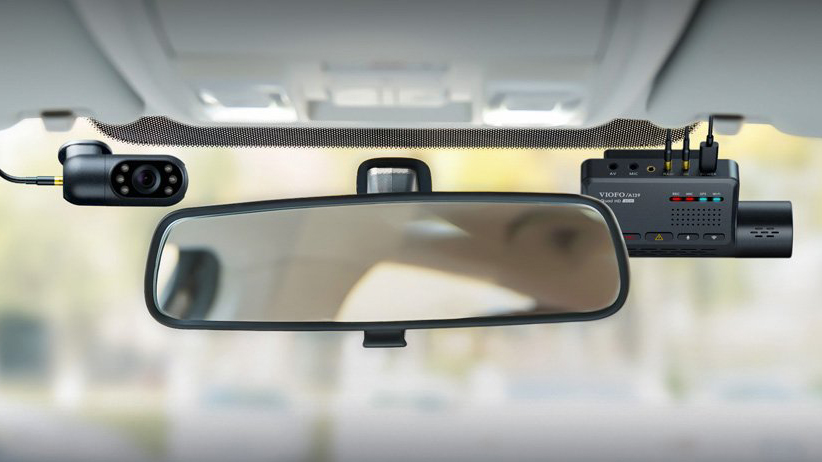
The process is fiddly and the app isn’t the slickest. What’s more, the camera will beep at you incessantly if you don’t have a memory card installed. It also talks, telling you when the memory card is getting full or isn’t installed properly.
Initial set-up is made even more arduous if you want all three cameras installed, since it will involve a fair amount of wire-routing and temporary car headliner removal to create an environment that doesn’t look like the spaghetti junction of trailed cables.
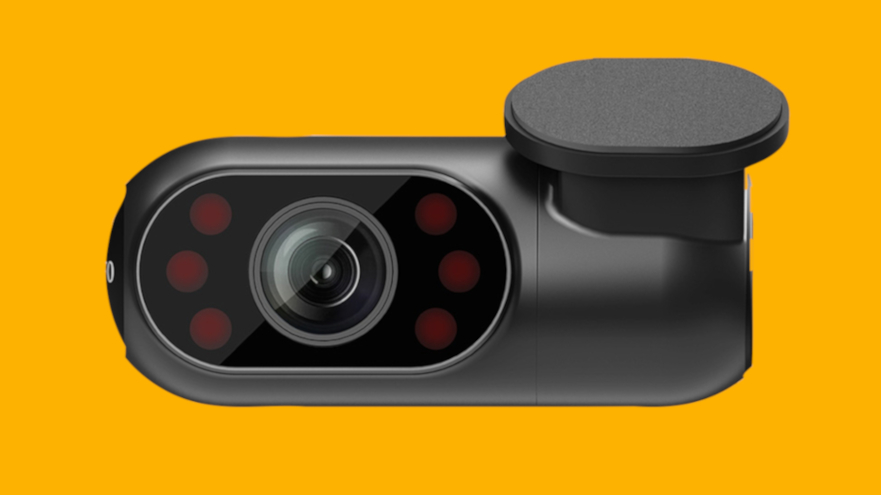
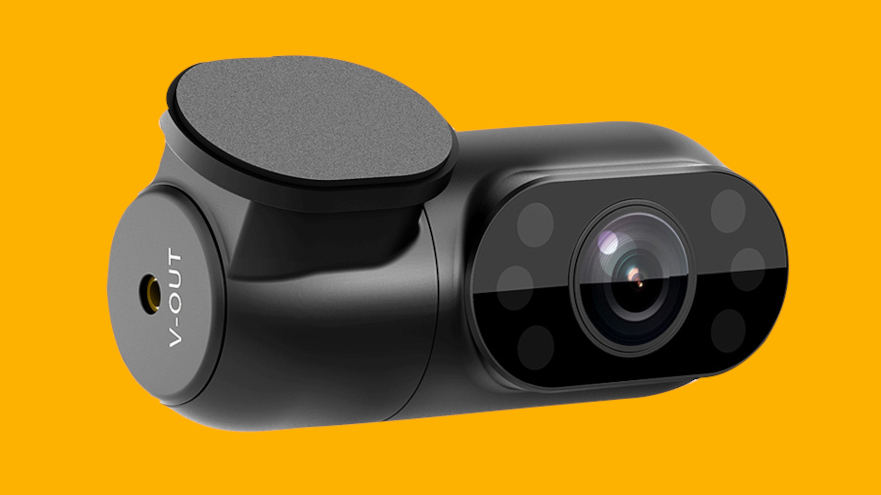
Each unit is affixed to the glass via 3M adhesive patches, so it’s worth sketching out a vague plan before you start sticking – because, unlike sucker mounts, these aren’t the easiest to get off. You only really get one shot at it.
Once installed, the camera works like most others on the market, continuously capturing and saving video footage to a memory card, before overwriting any unsaved incidents so you don’t have to continuously format the card.
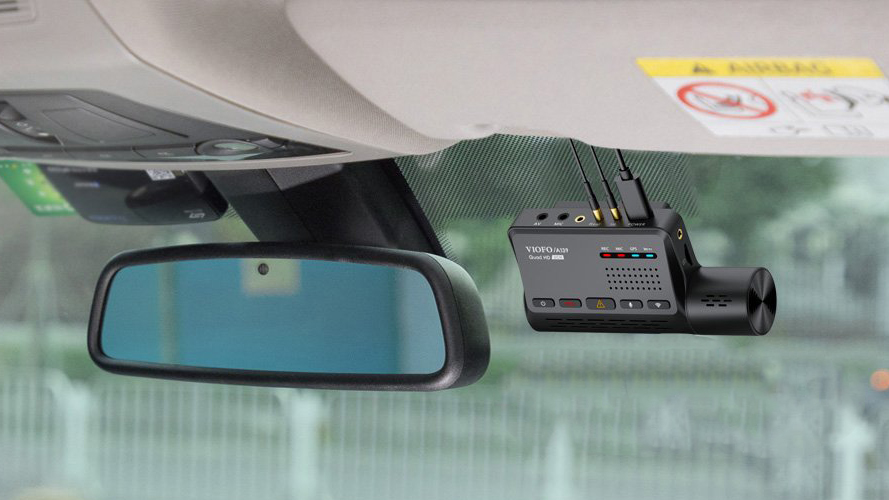
It can handle up to 256GB memory cards and it’s definitely worth investing in the larger storage space, since footage from three separate cameras soon takes up valuable room. Clips are saved automatically via a G-sensor, or motion sensing when the vehicle is parked, but you’ll need to hard-wire the camera into the vehicle’s power supply to allow the tech to work when the ignition is switched off.
Otherwise, it’s possible to manually save clips via a button on the back of the main front-facing unit. Here, you’ll also find buttons to activate the Wi-Fi (necessary for smartphone pairing), manually start a recording, and a mic on/off switch should you not want conversations committed to the card.
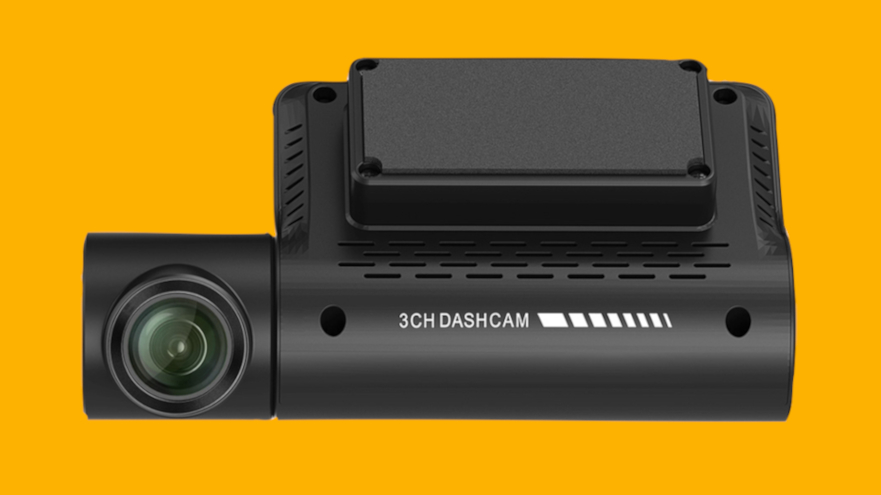
The video footage itself is pretty good, with the 140-degree front camera easily capturing everything out of the windscreen, while the wider 170-degree interior and rear cameras feel like the right field of view to snare the most action.
Viofo uses Sony Starvis image sensors, which work well when capturing footage in low-light situations. However, note that the drop in resolution here does mean that some of the quality is lost in sub-par driving conditions. You’ll be able to punch into the footage using some video software, but distant details become fuzzy.
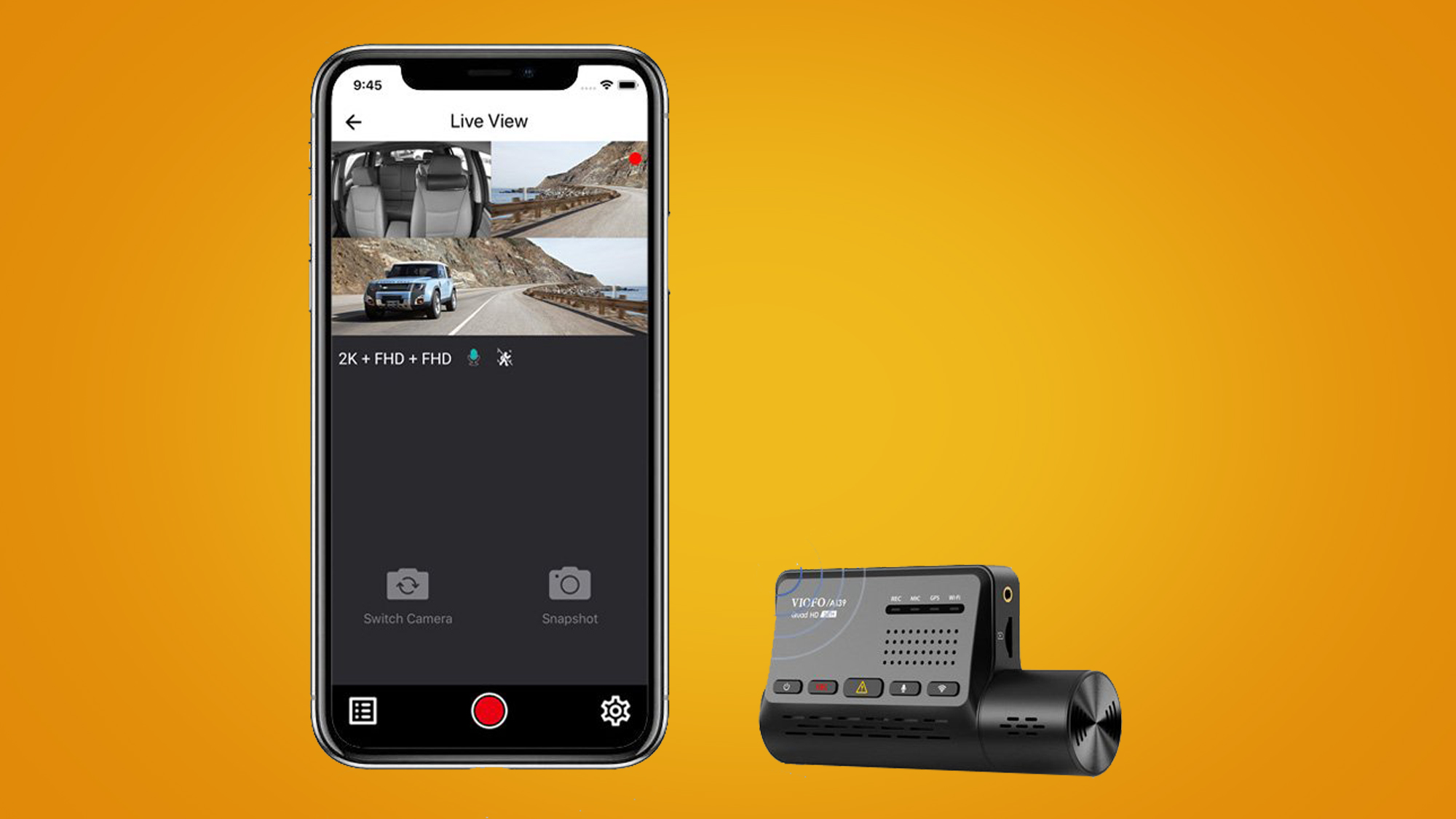
It’s difficult to see who, outside of professional drivers, cabbies and Uber operatives, will require an internal camera, especially one that packs infrared technology. After all, how many family quarrels do you need to settle with video evidence?
Regardless, the tech works well and the built-in microphone does a good job of capturing audio, although it does sound tinny on playback. The camera does feature an external microphone input if clarity is an issue.
However, with an RRP of around £220 ($270 / AU$350) the Viofo A139 competes with a lot of fantastic cameras on our best dash cams list, while the company’s own A129 4K dual dash cam setup comes in at the same price. Unless you absolutely need the interior footage, the higher-resolution A129 (with rear screen) is the better buy.
Should you buy the Viofo A139?

Buy it if...
You need interior footage
Three cameras feels excessive, but professional drivers will benefit from the peace of mind that an internal camera offers. The six LED infrared system works perfectly well in very low-light conditions and the built-in microphone is perfectly good for picking up conversations.
You like simplicity
Attaching the two auxiliary cameras is a doddle – it’s merely a case of snapping two cables into clearly marked inputs. Making the wires look neat inside the car is a job in itself, but the main camera unit neatly handles recording footage from all three cameras and the app clearly shows a real-time feed for easier set-up.
You're looking for a compact package
A lack of rear display has its pitfalls – but it also has its benefits, predominantly in the fact that this Viofo A139 package is surprisingly compact. All three cameras take up very little room on the windscreen, yet manage to pack more than acceptable video credentials.
Don’t buy it if…
You hate wires
Three cameras means three lots of wires you have to hide and make look neat. The rear camera will definitely require you to remove the headliner or pull up carpet to ensure cables don’t obstruct doorways. Both the front-facing and cabin camera have associated cabling that, by law, must be tucked neatly out of the way of the windscreen.
You think three cameras is overkill
Granted, a rear camera is handy for capturing rear-end collisions, which is typically the most common type of road accident. Recording the interior of the car is really only suitable for professional drivers – or, perhaps, those with exceptionally misbehaved children.
You need pin-sharp resolutions
Although footage captured from the Viofo A139’s front-facing camera is perfectly good enough to read number plates and make out speed limit signs, it isn’t as sharp or smooth as some similarly priced, or even some cheaper, rivals.
- These are the best dash cams you can buy right now
0 comments:
Post a Comment